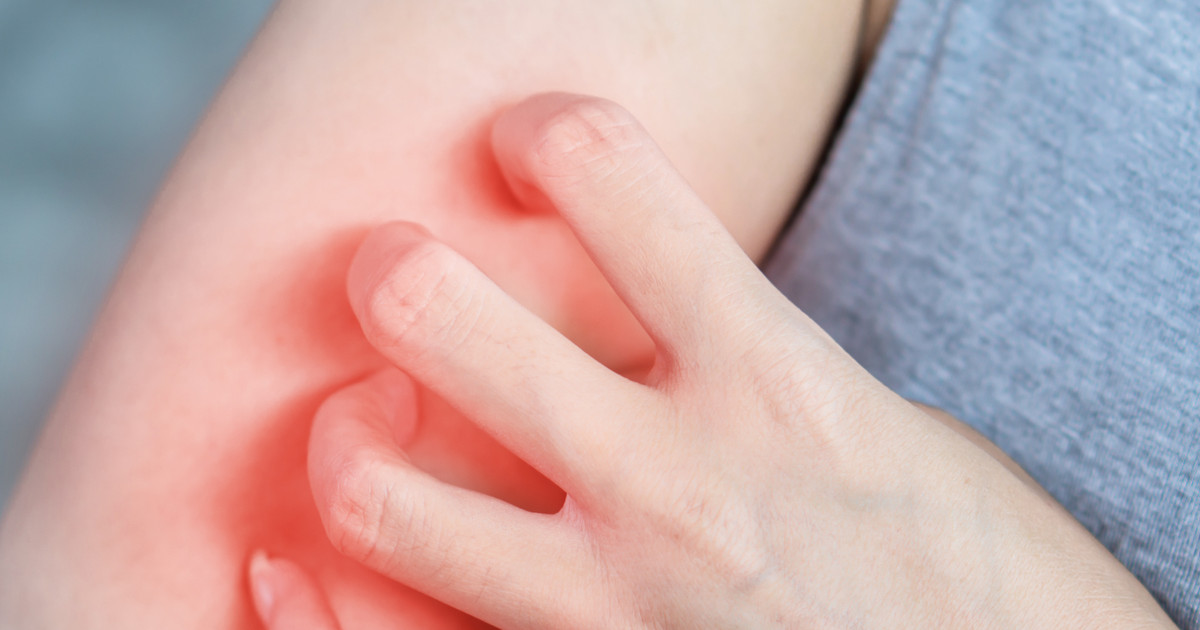Side Effects Of Hydrogen Peroxide
Hydrogen peroxide has been used as a mild antiseptic for decades. The primary purpose is to prevent minor burns, scrapes, and cuts from becoming infected. There are also a variety of non-medicinal uses for the compound. Some individuals might find relief if they use it as a mouth rinse to relieve mouth irritation caused by gingivitis, cold sores, canker sores, or other mild internal wounds. In addition, the compound can sometimes get rid of mucus when used to rinse the mouth. When the compound makes contact with the area, it releases oxygen and foams. This removes the dead skin and debris from around the area, preventing it from getting infected with bacteria. It's important not to use hydrogen peroxide to clean animal bites, serious burns, or deep wounds. It does have some potential side effects.
Get familiar with these now.
Skin Redness
One potential side effect of hydrogen peroxide is skin redness. The solution cannot easily be absorbed through non-wounded skin. If there are solutions of ten percent applied to the skin, it can be extremely irritating and even cause damage, which can lead to redness and discomfort. Ten percent solutions are most commonly found in hydrogen peroxide hair bleaching solutions, which should always be touched with gloves. Household disinfectants that use hydrogen peroxide tend to have concentrations of between three and five percent. They have a mildly irritating effect on the skin and mucous membranes, which can also lead to mild redness. Doses of three percent concentration have been deemed 'safe' for handling with the skin, but they can still cause redness and discomfort when used on sensitive skin. This is particularly true if individuals use the solution for the sake of skin whitening or trying to clear acne scars rather than as a disinfecting agent. Medical professionals don't tend to use hydrogen peroxide to disinfect wounds anymore because of the effect it has on sensitive skin.
Keep reading to learn about more side effects of hydrogen peroxide now.
Stinging Sensation

Some antiseptic solutions have a soothing effect on the skin, while others feel like they're stinging or burning. Hydrogen peroxide is one of the latter. It's common for the disinfected wound to flare up with a pins-and-needles, stinging feeling. Alcohol is another type of disinfectant that has this stinging effect when used on open wounds, but the chemical reactions that cause hydrogen peroxide and alcohol to sting are actually different. Individuals might notice there's a 'fizzing' when they pour hydrogen peroxide on their wounds. There hasn't been full documentation of what exactly causes the stinging feeling. One paper showed evidence that the solution activated a pain receptor on certain nerve cells. The pain receptor activated by hydrogen peroxide is TRPA1, while the one activated by alcohol is TRPV1. These pain receptors tend to be similar in structure, and many of them can be found in the same cells. The purpose of TRPA1 is to tell individuals when harmful chemicals have been exposed to their skin, including components like hydrogen peroxide and tear gas.
Discover more side effects of hydrogen peroxide now.
